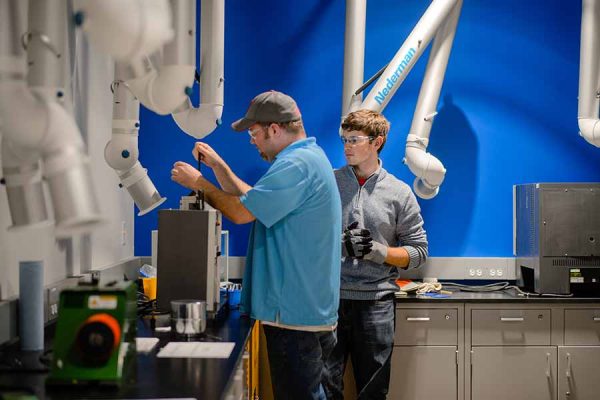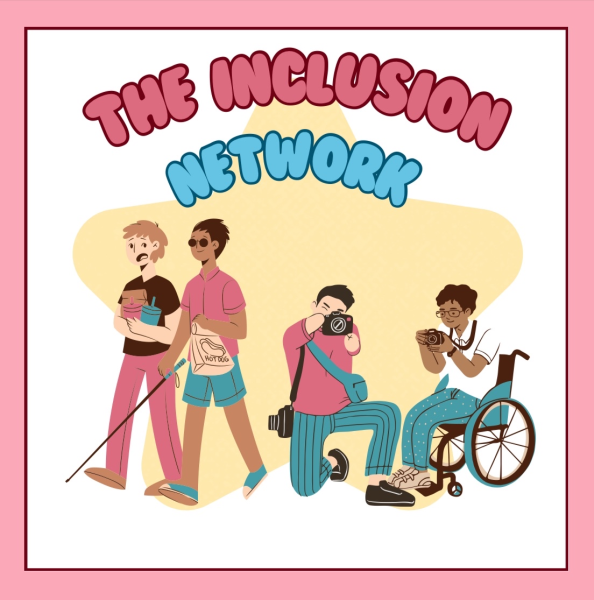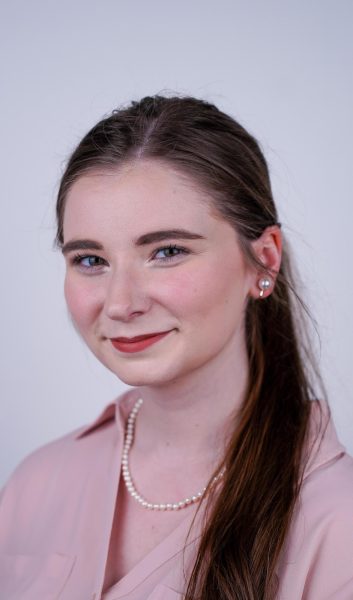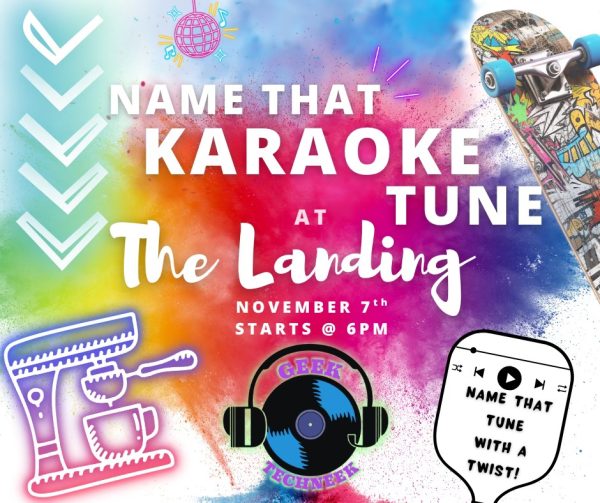Light Therapy for the Winter Blues
As winter approaches and daylight hours shorten, some may experience the “winter blues” or the more serious seasonal affective disorder (SAD). With 5% of the population experiencing SAD and about 15% having the “winter blues,” many reach for forms of light therapy as a source of treatment.
First identified by Dr. Norman E. Rosenthal in the 1980s, SAD is a type of depression that exhibits a seasonal pattern with symptoms lasting about four or five months a year, often during the fall and winter seasons. According to the National Institute of Mental Health (NIMH), winter-pattern SAD is more common in those who live in the north as the hours of daylight are shorter in the winter. Some doctors have also been concerned that the “anxiety and stress provoked by the pandemic will increase the risk and severity of winter depression for everyone,” Dr. Kelly Rohan said in an interview with New York Times.
As SAD is a type of depression, most symptoms are similar including low energy, losing interest in activities, feeling hopeless, difficulty concentrating, sleep issues and changes in appetite. Specific symptoms of winter-pattern SAD may include oversleeping, overeating, social withdrawal or wanting to “hibernate,” craving carbohydrates and weight gain.
Those affected SAD may have reduced activity of serotonin, a neurotransmitter that regulates your mood. Research has shown that sunlight partly “controls the level of molecules that help maintain normal serotonin levels, but in people with SAD, this regulation does not function properly,” according to the NIMH. It has also been discovered that people with SAD produce too much melatonin which controls the sleep-wake cycle. “Both serotonin and melatonin help maintain the body’s daily rhythm that is tied to the seasonal day-night cycle,” says the NIMH. When these levels change due to the seasons and less sunlight, normal daily rhythms for people with SAD are disrupted and they are unable to adjust to these various changes.
Light therapy has been used for a SAD treatment since its discovery in the 1980s. Light therapy or sun lamps positively affect your body’s regulation of serotonin and melatonin by providing very bright light to make up for the amount of less sunlight in the darker months, easing SAD symptoms. Mayo Clinic suggests that a sun lamp should “provide an exposure to 10,000 lux of light” and “emit as little UV light as possible.” It is recommended to sit in front of the sun lamp for around 20 to 30 minutes a day within the first hour of waking up. You should place the lamp where you can see the light but do not look directly into it.
According to Mental Health America, light therapy has been shown to be effective in almost 85% of diagnosed patients. No prescription is needed for light therapy and sun lamps are available in many different forms. While sun lamps are designed to be safe and effective, the Cleveland Clinic says to avoid using light therapy if you have macular degeneration, connective tissue damage, existing skin cancers, diabetes or lupus. It is recommended to speak to your physician about whether light therapy is right for you.
If you are struggling with depression or SAD, counseling is available at the SSU Health Clinic located in Hatcher Hall. You can also text “shawnee” to 741741 for emotional support or call the National Suicide Prevention Hotline at 1-800-273-8255.
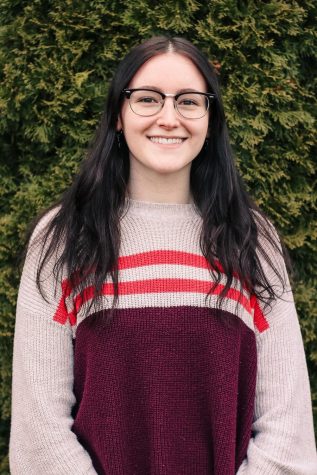
Jerilyn Garrett is a senior in her fourth year at Shawnee State University, majoring in English/Humanities with a concentration in Communications. After...


